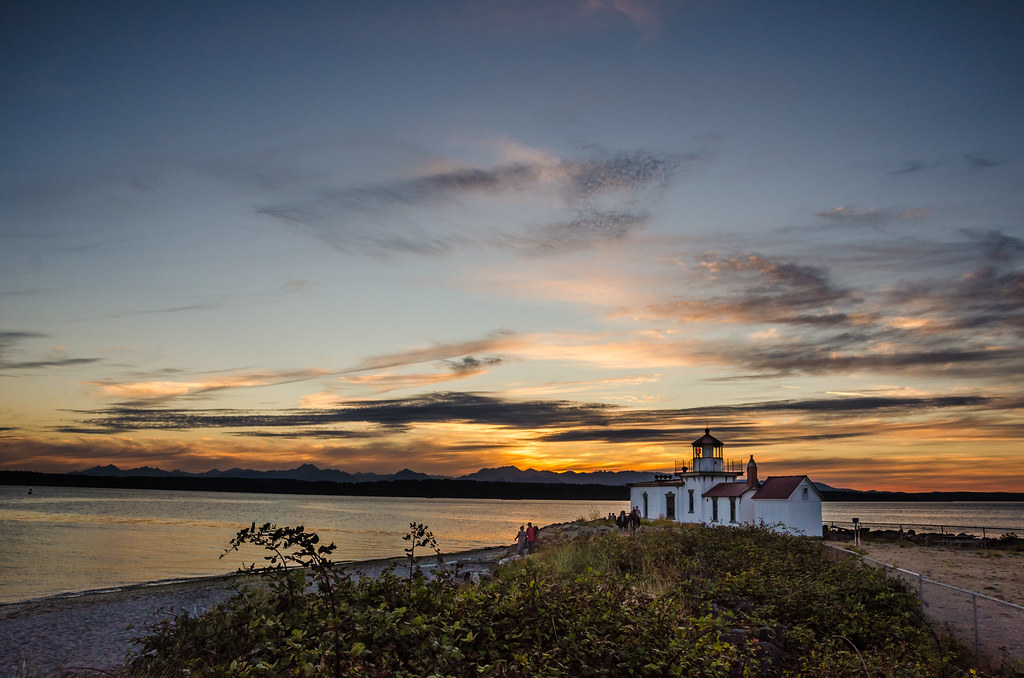Experiencing wilderness is particularly important for physical and mental health finds new research led by the University of Washington (UW).

Image credits Michael Camilleri / Flickr.
We’ve gradually lost touch with nature as our cities grew wide and tall around us. The luckier among us city dwellers might live close to a park, or on a green-roofed building, giving us some access to natural areas; but wild ones are virtually non-existent. A new study reports that exposure to wilderness is an important factor for human physical and mental health, especially so in urban landscapes, even compared to other types of natural areas.
Wild at heart
“It was clear from our results that different kinds of nature can have different effects on people,” said lead author Elizabeth Lev, a graduate student in the UW School of Environmental and Forest Sciences.
“The wilder areas in an urban park seem to be affording more benefits to people — and their most meaningful interactions depended on those relatively wild features.”
The study focused on the Discovery Park in Seattle, the largest in the city (roughly 500 acres in size). The park is situated about 20 minutes by car from Seattle’s downtown areas, and has faced the same development pressures as others in cities with growing populations, the team explains. The research was prompted by the park’s advisory board, which asked the team to find out which elements are most important for park-goers in order to better inform decision-makers.
Despite focusing on this single park, the team is confident that their findings hold over well for most other major cities and beyond.
“We looked at Discovery Park, but this is about the entire planet,” said senior author Peter Kahn, a UW professor of environmental and forest sciences and psychology. “Everywhere, development is chipping away at wild areas. Humanity has caused so much destruction and there’s no stopping it — unless we stop.”
“We’re trying to show that if you’re going to develop an area, you at least need to understand the human costs.”
The team asked several hundred visitors to the park to submit a written online summary of a meaningful interaction they had at Discovery Park, obtaining 320 submissions. Then they set about coding these experiences into several categories (which the researchers call “interaction patterns”) to allow for better handling of the data. For example, an account stating “we sat and listened to the waves at the beach for a while” was assigned to the categories “sitting at beach” and “listening to waves.”
They found that six categories were consistently rated as important to visitors. These included encountering wildlife, walking alongside a body of water, enjoying the view, or following an established trail. They further looked at how the wilderness component factored into these experiences, finding that it had a role to play in nearly every interaction the visitors reported on. For example, “spotting bald eagle” references a relatively wild bird, and “watching birds perched on an old-growth tree,” denotes a wild habitat.
Additionally, the researchers looked at whether the park’s relative wildness was important in each visitor’s most meaningful experiences in the park. They defined “relatively wild” as including Discovery Park’s varied and relatively unmanaged land, its high levels of biodiversity, its “big nature” like old growth trees, large open spaces, expansive vistas, and people’s experience of the park’s solitude and removal from civilization.
The team explains that it’s important to know what these interactions are and what makes them valuable to us, so that we may better recognize and engage in them. Walking along the water’s edge on a weekend may be very fulfilling, but it’s not really an option most of us have on a busy weekday — but more ‘tame’ versions of it, such as walking along a fountain or other water feature to unwind, are.
“We’re losing the language of interaction with nature and, as we do, we also lose the cultural practice of these deep forms of interaction with nature, the wellsprings of human existence,” Kahn said.
“We’re trying to generate a nature language that helps bring these human-nature interactions back into our daily lives. And for that to happen, we also need to protect nature so that we can interact with it.”
It’s definitely an interesting study, and I do personally like the idea of mixing in more natural spaces in our lives. But as out cities become ever more crowded and space ever more expensive, there’s bound to be intense pressure to turn parks and recreational areas into more ‘productive’ landscapes. Studies such as this one go a long way towards reminding us that efficiency and profit aren’t the only ingredients of a good life; sometimes, happiness is as simple as sitting down and looking at an old tree.
The paper “Relatively Wild Urban Parks Can Promote Human Resilience and Flourishing: A Case Study of Discovery Park, Seattle, Washington” has been published in the journal Frontiers in Sustainable Cities.






